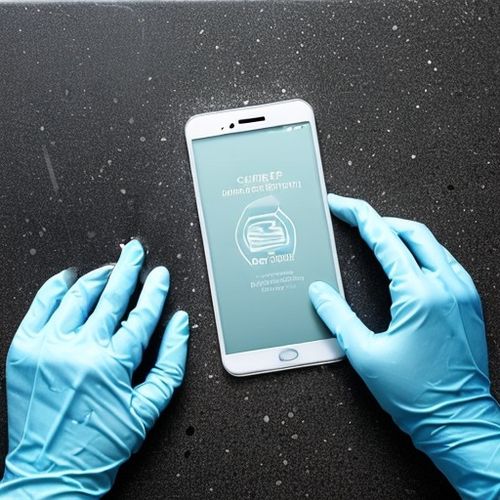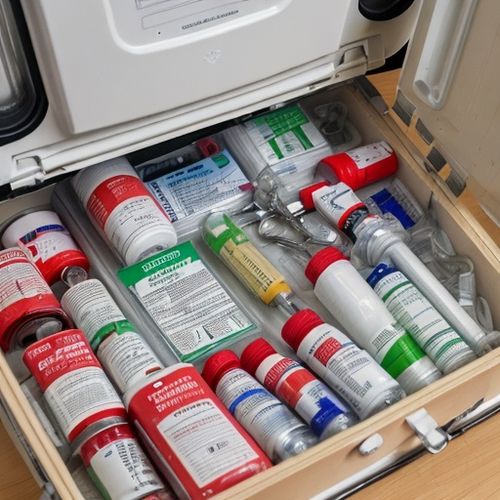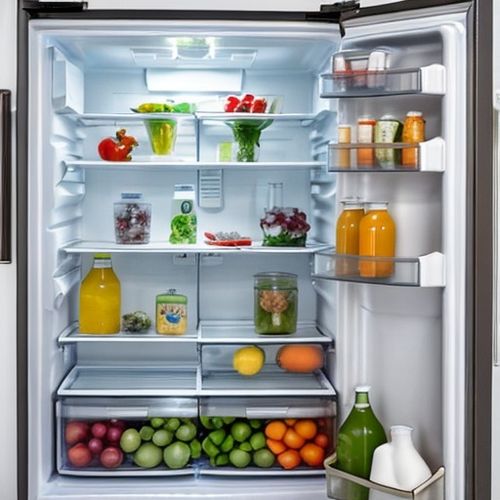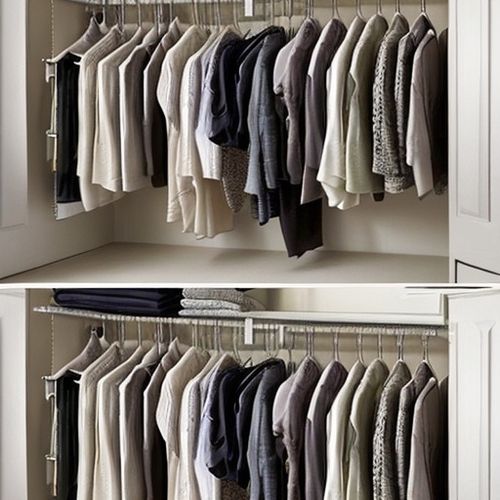In the age of touchscreens, keeping our phone displays clean has become a daily ritual for many. From fingerprints to smudges, our screens accumulate all sorts of grime that can be frustrating to deal with. Among the myriad of cleaning methods suggested online, one controversial solution keeps popping up: using alcohol to disinfect and clean smartphone screens. But is this common practice actually safe, or could it be causing more harm than good?
The debate around alcohol-based cleaners stems from their effectiveness in killing germs. During the pandemic, alcohol became a go-to disinfectant for many surfaces, leading some to extend its use to their devices. While it’s true that alcohol can eliminate bacteria and viruses, the question is whether the benefits outweigh the potential risks when it comes to delicate smartphone screens.
Modern smartphones feature advanced screen coatings designed to enhance durability and user experience. Most high-end devices, including iPhones and Samsung Galaxy models, come with an oleophobic coating—a thin layer that repels oils and makes fingerprints easier to wipe off. This coating also reduces glare and improves touch sensitivity. The problem? Alcohol can degrade this protective layer over time, leaving your screen more susceptible to scratches and smudges.
Apple explicitly warns against using alcohol or abrasive cleaners on its products, recommending instead a soft, lint-free cloth slightly dampened with water. Samsung echoes similar guidelines, advising users to avoid harsh chemicals. Manufacturers aren’t just being overly cautious—repeated exposure to alcohol can strip away the oleophobic coating, leading to a duller, less responsive screen. Once this coating wears off, it cannot be restored without professional reapplication.
Beyond the coating, alcohol can also pose risks to other parts of your phone. Many devices have seals or gaskets designed to resist water, and alcohol’s solvent properties may weaken these materials over time, compromising water resistance. Additionally, if alcohol seeps into openings like charging ports or speakers, it could damage internal components. Even if the immediate effects aren’t visible, long-term use might shorten your device’s lifespan.
So, if alcohol isn’t the best choice, what alternatives are safer for cleaning your phone? Microfiber cloths are highly effective for removing everyday smudges without any liquids. For tougher grime, distilled water or a mix of water and mild soap can be used sparingly—just ensure the cloth is only slightly damp, not wet. Some companies also sell screen-cleaning solutions specifically formulated for electronics, which are free from alcohol and other harsh chemicals.
Another overlooked aspect of phone hygiene is how often we clean our devices. While it’s tempting to reach for a quick fix like alcohol wipes, frequent cleaning with abrasive methods can accelerate wear and tear. Instead, adopting a regular but gentle cleaning routine can maintain both cleanliness and screen integrity. Think of it like skincare: harsh treatments might offer short-term results but can damage your skin barrier in the long run.
For those particularly concerned about germs, UV sanitizers designed for phones offer a compelling alternative. These devices use ultraviolet light to kill bacteria and viruses without any liquid contact, making them safe for screens and internal components. While they may not remove visible dirt, they provide an extra layer of sanitation without the risks associated with alcohol.
Ultimately, the convenience of alcohol wipes might seem appealing, but the potential damage they cause isn’t worth the trade-off. Smartphones are significant investments, and protecting their functionality should be a priority. By opting for gentler cleaning methods and understanding the technology behind screen coatings, users can keep their devices pristine without compromising performance.
The next time you reach for that alcohol wipe, pause and consider the long-term effects. Your phone’s screen—and your wallet—will thank you for choosing a safer cleaning method. In the world of tech maintenance, sometimes the simplest solutions are the most effective.

By Rebecca Stewart/Apr 25, 2025

By James Moore/Apr 25, 2025

By William Miller/Apr 25, 2025

By Samuel Cooper/Apr 25, 2025

By Rebecca Stewart/Apr 25, 2025

By James Moore/Apr 25, 2025

By David Anderson/Apr 25, 2025

By James Moore/Apr 25, 2025

By Eric Ward/Apr 25, 2025

By Olivia Reed/Apr 10, 2025

By Ryan Martin/Apr 7, 2025

By Sarah Davis/Apr 7, 2025

By Natalie Campbell/Apr 7, 2025